
While the market is focused intently on SUVs and light commercial vehicles, small hatchbacks remain an important part of the Australian new car market.

The Toyota Corolla is the undisputed king of the hill, regularly taking a quarter or more of the small passenger car segment each month. But the Hyundai i30 isn’t too far behind and the car itself is about to receive the largest overhaul since its introduction in 2016.
Do the changes to the i30 have what it takes to de-throne the sales success of the Toyota Corolla? We take a look at the on-paper specs ahead of the facelifted Hyundai i30’s arrival later this year.
.jpg)
Equipment/Technology
The headline interior aspect of the facelift i30 small hatch is a pair of larger infotainment screens. The main central display is now a huge 10.25 inches, while the i30 receives a fully-digital instrument cluster for the first time which measures 7.0 inches in diameter.
Additionally, Android Auto/Apple CarPlay smartphone mirroring will be a wireless affair, while wireless phone charging is available too.
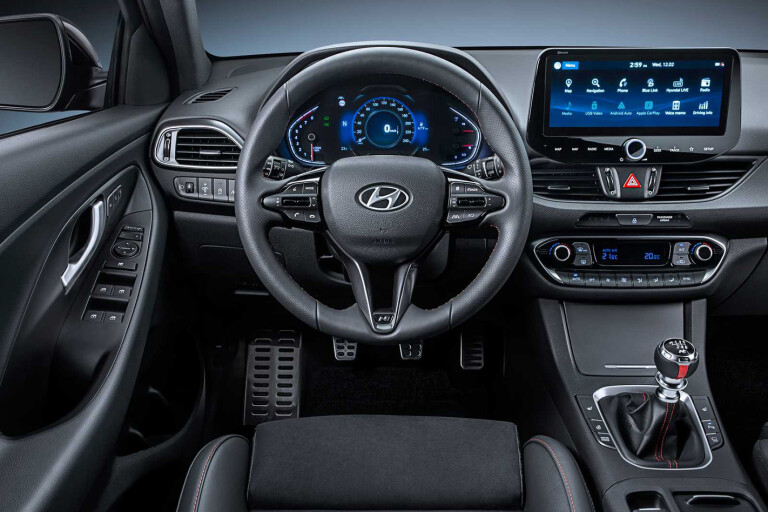
Some new driver assistance features will make their debut, such as a Lane Following Assist system that can guide the car within its lane on highways and Leading Vehicle Departure Alert which prompts the driver when the car ahead sets off from a stop.
More discerning details regarding the i30 facelift’s Australian specification will be available closer to the vehicle’s launch.
The last time Corolla received a running update was late in 2019 in which it received smartphone mirroring across the entire range, some safety updates and the range-topper Corolla ZR received an electrically-adjustable driver’s seat.
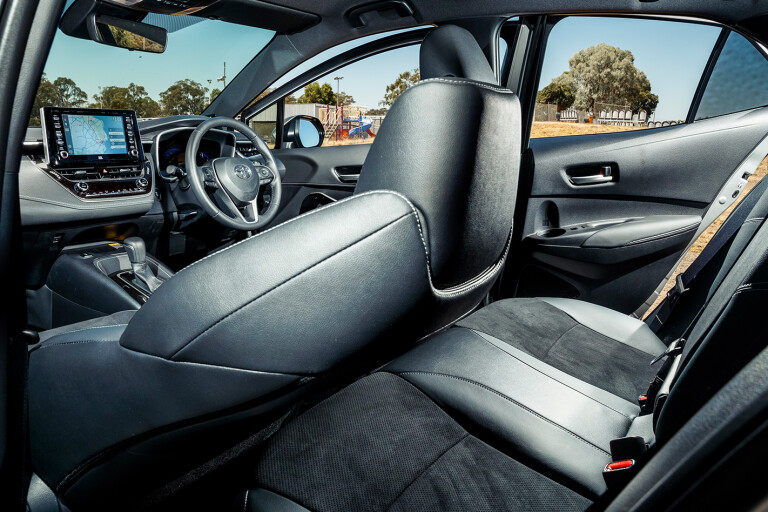
One area where the i30 overtakes the Corolla is infotainment, where the Corolla interior contains a small 8.0-inch infotainment screen and only receives a part-digital instrument cluster on higher specification models; fully old-school mechanical in lower specs.
The Corolla does receive active cruise control, a reverse camera and LED head- and tail-lights and auto high beam across all variants.
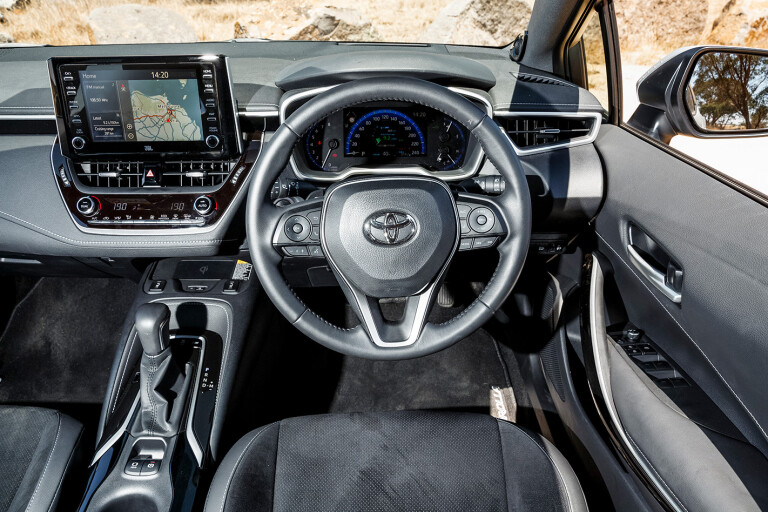
The i30 will need to match or better in terms of standard equipment in these areas in order to be competitive in a heavily value-focused segment.
Engines
Along with the i30 facelift presentation, Hyundai previewed a number of new engines that’ll feature under the bonnet. We’re not sure what engines we’ll get just yet but first, let’s detail the new offerings.
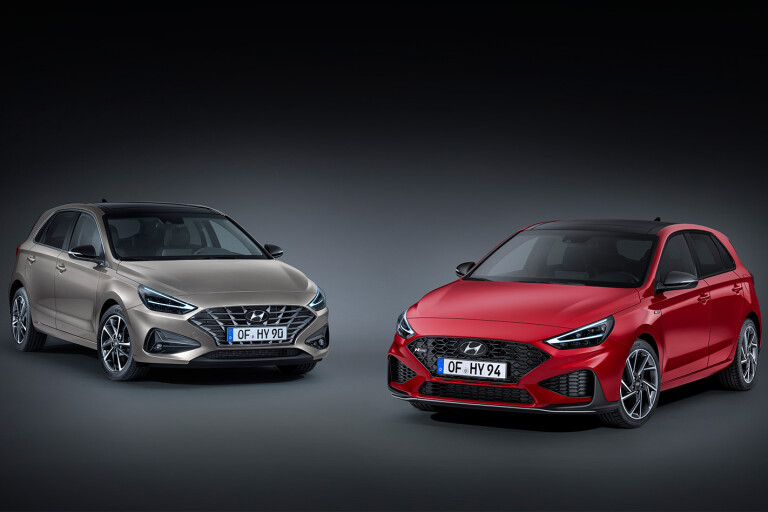
A newly-developed 1.5-litre naturally aspirated engine with 82kW, a 1.0-litre turbocharged unit with 88kW, a 1.6-litre diesel engine with 100kW and finally a 1.5-litre turbocharged engine with 118kW. Every engine but the naturally aspirated entry will come with 48-volt mild-hybrid technology.
We’re still unsure what Hyundai Australia will include with our Australian cars, but we wouldn’t rule out the reuse of the current 2.0-litre naturally-aspirated petrol and 1.6-litre turbocharged petrol engines.
Hyundai may be experimenting with mild-hybrid tech in its new engines, but Toyota does one better with its headline full hybrid engine which outputs 72kW from a 1.8-litre petrol/electric combination. That engine only consumes a mere 4.2 litres of fuel for every 100kms on a combined cycle.
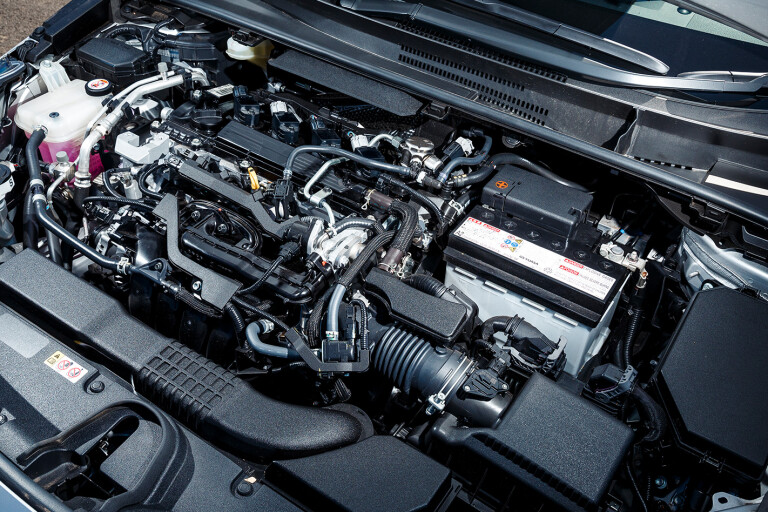
Every other Corolla uses a petrol 2.0-litre naturally-aspirated engine which can output 125kW.
It’s too soon to tell whether the new i30 or Corolla will have the upper hand in the engine stakes. It all depends on whether Hyundai will rely on its older engines or not.

Safety
Hyundai has boosted its safety tech in the i30 facelift, adding advanced safety items like Rear Collision avoidance Assist which will brake in reverse if it detects an accident as well as the items listed above such as Lane Following Assist.

It will retain its seven airbags, reversing camera, rear parking sensors, auto-on headlights, while enhancements will enable its autonomous emergency braking to detect cyclists in front and objects in reverse.
The Hyundai i30 received a maximum ANCAP safety rating of five stars in 2017.
The Toyota Corolla also gets seven airbags as standard, a reversing camera, and rear parking sensors which all help it receive a five-star ANCAP safety rating.
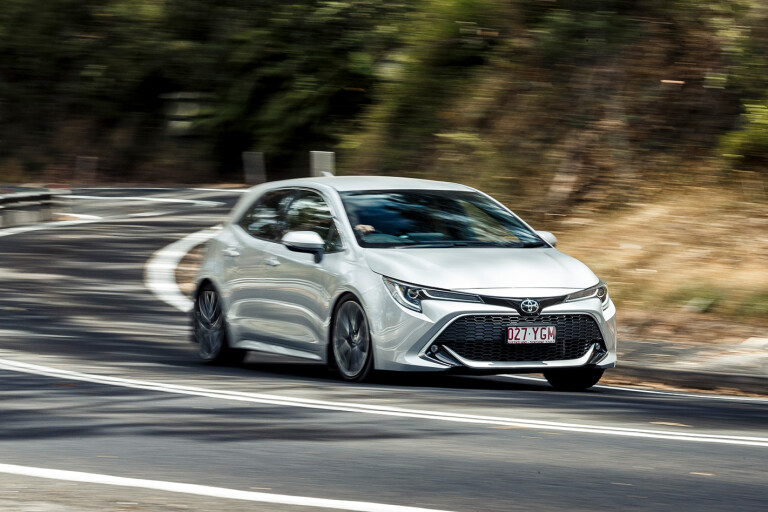
All Corollas have autonomous emergency braking, and other advanced driver assistance tech including lane departure alert, adaptive cruise control, and headlamps that dip automatically for oncoming drivers.
Storage
New i30s will still receive a generous amount of storage space, with large door bins for bottles and items and a neat cubby with lid in front of the shifter. No word is given on the incoming facelift’s boot size but, expect it to be the same as before, 395 litres.
This is a bit of a downfall area for the Toyota Corolla as it isn’t the most practical car in the segment. Non-hybrid Corollas get just 217 litres while hybrid versions get 333 litres because that variant does away with the spare wheel.
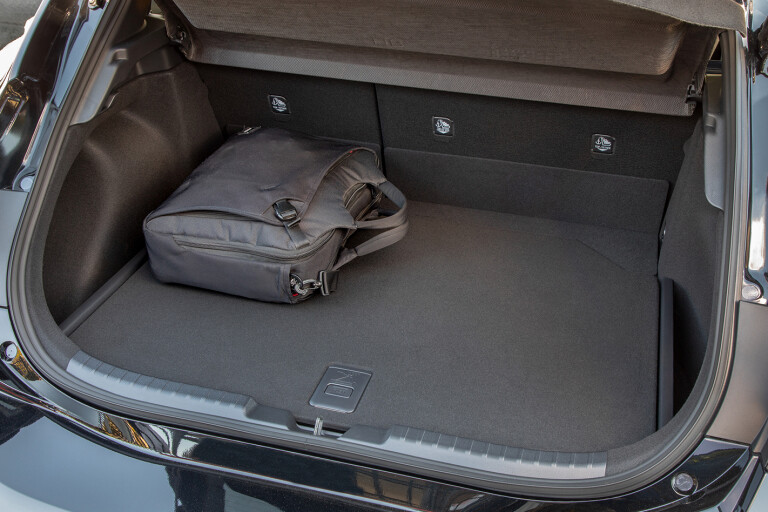
Ownership
Both cars are on equal footing in terms of warranty. The new Hyundai i30 will retain a five year/unlimited kilometre warranty.
Toyota also has a five year/unlimited kilometre warranty for its Corolla buyers.
While this is just a quick look at what we’re expecting from the Toyota Corolla-fighter, hopefully we won’t have to wait too long to put both of them together in real life for a look-in later this year.
If you were shopping for a small hatchback would you go after the new Hyundai i30 or opt for the tried-and-tested Toyota Corolla?

COMMENTS